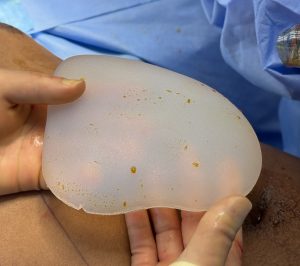Pectoral implants remain the most effective option for male chest enhancement. While fat injections can add volume, they do not replicate true muscle definition. Instead, they often create a rounded, mound-like contour that lacks the masculine shape most patients desire. Because pectoral implants are placed beneath the pectoralis major muscle, they provide a direct augmentation effect, making them the preferred choice for most men seeking chest enhancement.
Surgical Approach
The implants are typically placed through a high axillary (armpit) incision, which provides direct access beneath the pectoralis major muscle. While this transaxillary approach may seem similar to breast implant placement, the techniques differ significantly:
- Pocket Development
-
- With breast implants, the lateral border of the pectoralis muscle is often released to create a rounded breast mound. This results in only partial muscular coverage.
- For pectoral implants, however, the opposite approach is required. As a true muscle augmentation, the implant must remain entirely within the muscle borders, so lateral attachments should not be disrupted.
- With breast implants, the lateral border of the pectoralis muscle is often released to create a rounded breast mound. This results in only partial muscular coverage.
- Implant Orientation
-
Unlike round breast implants, pectoral implants have a defined shape. The most commonly used design is rectangular—taller than it is wide—with greater volume superiorly (at the top).
- Proper orientation of the implant within the pocket is critical to achieving the desired aesthetic.
Challenges in Placement
Because the axillary incision is small, only a limited portion of the implant is visible during insertion. This makes it difficult to confirm correct orientation by sight alone.
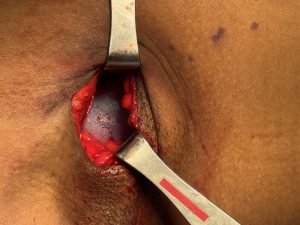
Achieving the Desired Result
Several factors can influence the final aesthetic outcome, including implant style, size, and placement technique. While size and style are often considered, orientation is frequently overlooked. With four potential sides and limited visibility during surgery, misalignment is always a possibility—but one that can and should be avoided for optimal results.
Dr. Barry Eppley
World-Renowned Plastic Surgeon

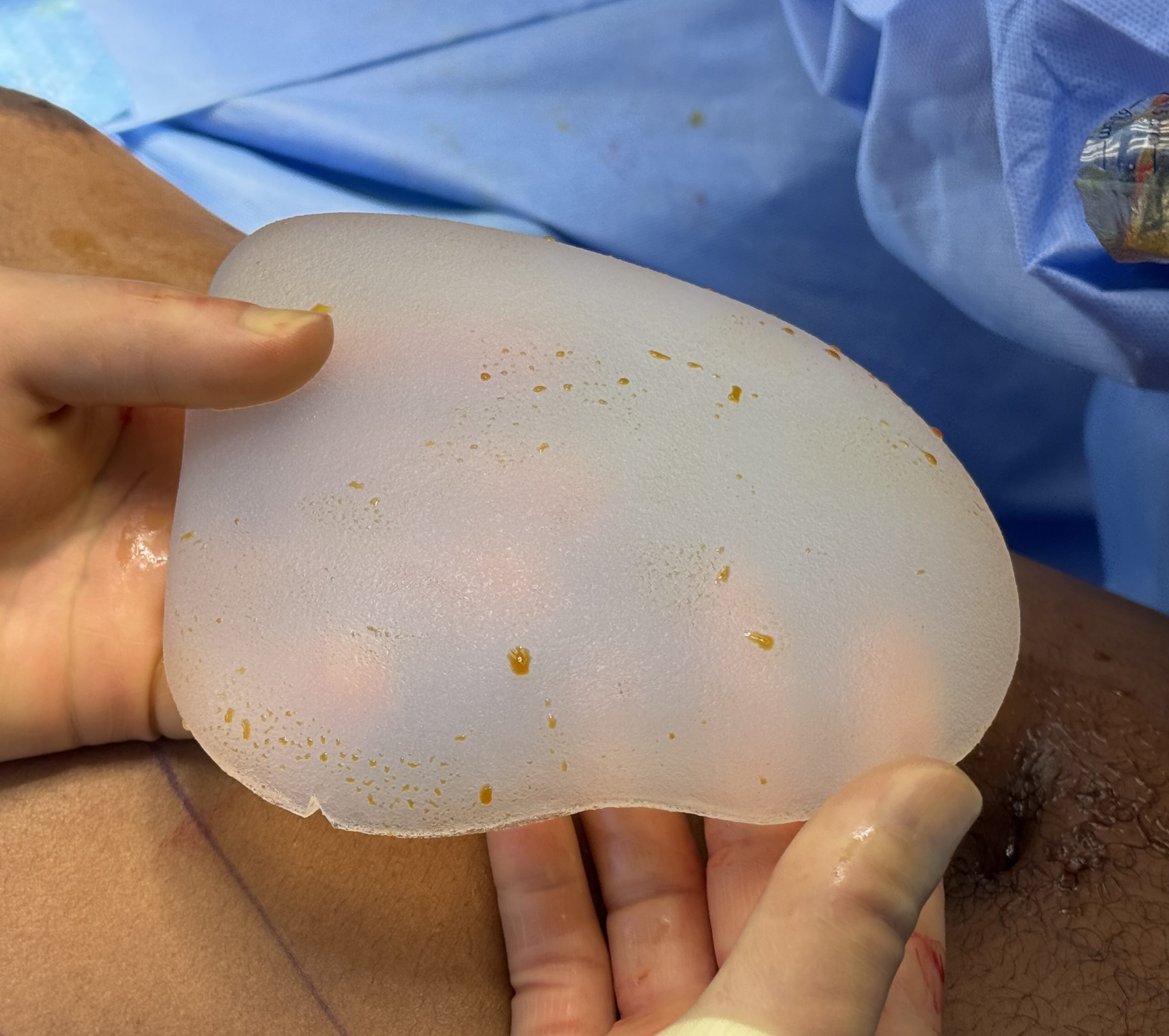

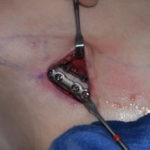
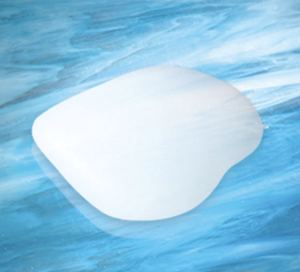 Unlike round breast implants, pectoral implants have a defined shape. The most commonly used design is rectangular—taller than it is wide—with greater volume superiorly (at the top).
Unlike round breast implants, pectoral implants have a defined shape. The most commonly used design is rectangular—taller than it is wide—with greater volume superiorly (at the top).